Caring for your feet on the trail
What’s your approach to blister treatment? Do you prefer to cover your blisters or let the air get to them? What kind of antiseptic do you use, if any? What’s your go-to treatment to take the pain out of your blister so you can keep hiking?
Although everyone has their own methods, good blister treatment boils down to three things: dressing selection, infection control and believe it or not, blister prevention! Getting these three things right will determine whether your blister will feel less painful and start healing rather than get worse while you’re out walking on the trail.
1. Dressing selection
With all types of blisters (intact, torn, deroofed), you can use an island dressing – something like the good old Band-Aid. Just make sure the absorbent non-adhesive “island” is at least as big as your blister. And it is stuck down on all sides, so no dirt or grime can get in. Change it when you see strikethrough – that is, either water has soaked from the outside-in, or blister fluids have soaked the island from the inside-out. A soggy island allows germs to travel through onto your blister, which you’re trying to keep clean.

Blister management aims at the 5 stages of the blister formation
If you have a deroofed blister, you can use Compeed. Compeed is an example of a hydrocolloid dressing and it is designed to be used on deroofed blisters. That is, blisters where the roof isn’t just torn, but has been rubbed off entirely. The weepiness from your raw blister base will combine with the hydrocolloid material and form a gooey environment that helps wounds heal faster – faster than an island dressing. Change your hydrocolloid dressing when you see the gooey centre grows bigger and almost reaches the edge.
Should you let the air get to it?
No, not if your blister is torn or deroofed. You’ve got nothing to gain and everything to lose by doing this. It’s a common misconception that the air will dry out a blister and make it heal faster. Sure, it will form a scab. But a scab is not healed skin – it’s just dried up blister goo. It’s fragile and brittle and easily breaks or dislodges to reveal your still raw unhealed blister base. The fact is, wounds, including torn and deroofed blisters, heal faster in a moist environment. Not a soggy, waterlogged environment. A moist environment provided by your island or hydrocolloid dressing when it is changed at the appropriate times.
As for intact blisters, sure, you can let the air get to them when you’re off your feet – but it won’t help them resolve any quicker. Just be sure to protect it when you get back on your feet.
2. Infection control
Here’s how to ensure your blister doesn’t get infected:
- Clean your hands – Antibacterial gel or soap and water to kill the germs on your hands.
- Clean your blister – If your blister is mucky with debris of any sort, flush it out with saline or clean water to physically remove some of the germs from your blister.
- Disinfect your blister – Use an antiseptic to kill the remaining germs on your blister.
- Cover your blister – Apply your dressing to keep any new germs out.
An antiseptic kills the germs that want to infect your blister. Apply your antiseptic before you apply your blister dressing. Repeat at each dressing change.
Which blisters need an antiseptic? Torn and deroofed blisters definitely. For intact blisters, it’s not required because the intact skin is keeping all the germs out. But it won’t hurt to pop some on as an added precaution, just in case the worse happens and it tears while you’re walking.
You can use Povidone iodine (eg: Betadine) or even saline (salt water). If your blister is dirty when you discover it, give it a rinse with saline if you have it, or some clean water to remove as much of that germ-ridden dirt as possible. Then apply your antiseptic, followed by your chosen dressing. It’s as simple as that.
How do you know your blister is infected?
The signs of an infected blister include: pus; increasing pain; redness or heat around your blister; or red streaks extending from the blister. If you notice any of these things, you should seek medical advice immediately. Things can go from bad to worse very quickly.

Normal blister fluid is thin and clear. Pus is thicker and yellow like this and indicates infection.
3. How do I make my blister less painful?
If your blister was on your hand, it would be pretty easy – just don’t hold anything with that hand. But we’re talking about foot blisters! Fact is, the in-shoe environment is rather inhospitable with blister-causing forces everywhere:
There is a lot of pressure on all parts of our feet from weight-bearing, shoe contact pressure and from toes sitting so close together. Add the weight of your pack and walking over difficult terrain, it’s easy to see blisters can happen. So implement some cushioning, a donut pad or a modification to your footwear to reduce pressure. Even thicker socks can help. You might be able to modify your gait a little to reduce pressure on certain parts of your foot – but be prepared to ache in places you’ve never ached before the next day. If worse comes to worst, you might need to forego your boots and walk in your camp sandals or thongs just to get the pressure off a heel or pinky toe blister.

Donut pad cut out from orthopaedic felt Lacing technique to reduce pressure around the toes (rei.com)
Our feet are subject to high friction levels at the best of times. It’s inevitable your feet will get warm and perspire when you’re walking uphill and down dale all day, no matter what the weather. Moisture-wicking socks will help at the start, but might not be enough to alleviate a sore blister once it’s formed. So either use a lubricant (greasy or powdered) on your skin or an Engo patch on your shoe or insole. A double-sock system could help too, the best one in my opinion is ArmaSkin socks. So if you have them tucked away in your pack, they’re not doing any good in there – get them on!
A quick word on friction: When you reduce friction, most people think you’re trying to stop rubbing. In reality, you’re trying to make things more slippery. This slippery surface (either on your skin, between sock layers or on your shoe) will reduce the skin from stretching too much. Remember, blisters are caused by the skin stretching too much (we call it skin shear).
4. How to treat a blister
If you do get a blister, proper care is the key to a quick recovery. Cover with a specialist blister bandage to keep it clean, dry and protected from further friction and stress. Resist the urge to pop a blister. If the blister bursts on its own, don’t peel off the dead skin. Once it’s popped, gently wash the area with soap and water and cover it with a specialist blister bandage to keep it clean.
A common mistake people make is to take the bandage off at night to let air to the blister. Blisters heal faster in a moist healing environment, i.e. when covered with a Compeed® Advanced Blister Care cushion. The Compeed cushion should be left on until it starts to peel away.
See your doctor if you experience common symptoms of an infection such as pain, swelling, redness or warmth, red streaks leading away from your blister, or pus coming from it.
If you’d like to learn more about blister treatment and prevention, visit www.blisterprevention.com.au or www.compeedusa.com
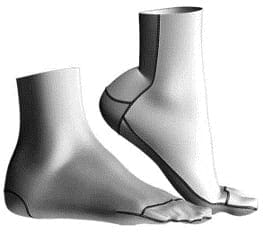
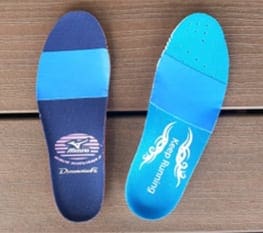
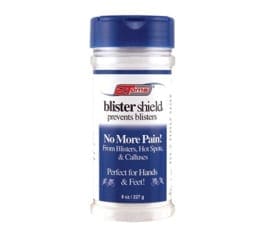
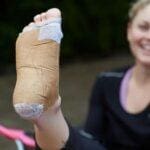
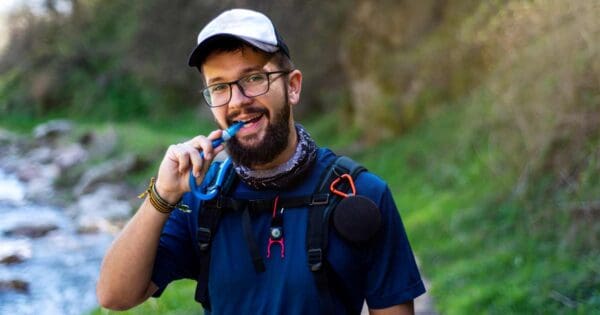
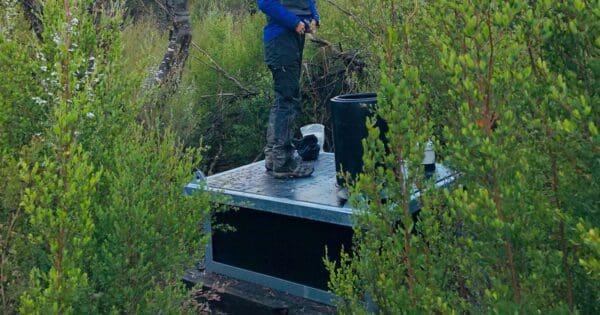



Yvonne Richard Michelle
Fixomul tape is a god.
ArmaSkin Anti-blister sock liners are my go to. Eliminate friction and blisters can’t happen….simple.
Tracey Quinn I have them too. Wrote a review on them here. Noting that was back in 2016 so they may have changed since then. https://www.trailhiking.com.au/gear-reviews/armaskin-dermal-protection-layer/
Trail Hiking Australia they also offer a “toe” sock type of liner now aswell but I haven’t tried them as I hate wearing toe socks and I don’t tend to blister between my toes anyway.
Tracey Quinn oh I’m the same. My wife wears toe socks but I can’t stand them. I find them so uncomfortable
Hikers wool is my go to, however I rarely need even that now after finding better shoes. I thought the odd blister was just part of my sport until I gave topos / trail shoes a go. Combined with Ininji toe liner socks I have not had a blister in literally years. Hot, cold, wet, mud…. Not one. As an increasingly older hiker, it has been a game changer.
I haven’t actually had blisters for many years. Iam not a fan of hard rigid boots, yes they have a place for particular terrain you maybe hiking in or multiple days. These days I have more aligned myself with with a cushioned shoe or boot and a good pair of socks. Have not had a blisters for a long time. Have confidence in the shoes for wear, have them tried and tested for your feet. I never forget the first 100km I did, I was told to wear boots and after that event never again for such long endurance.
I would thigh highly recommend toe socks and hikers wool, may carry sports tape and a few other standards in the first aid kit, as they can be used for various issues and not just blisters.